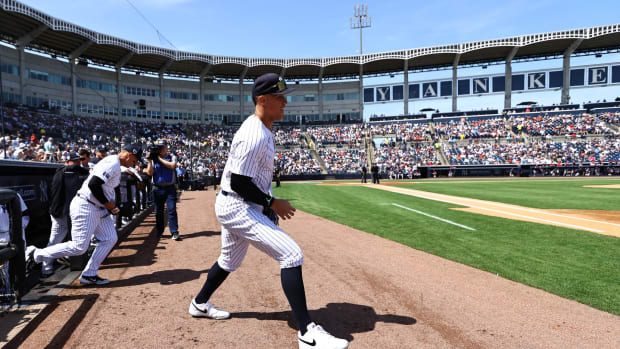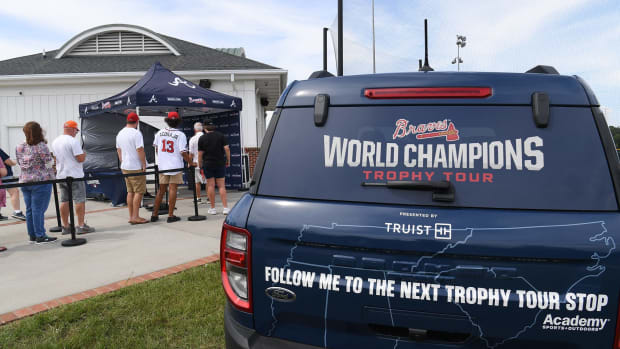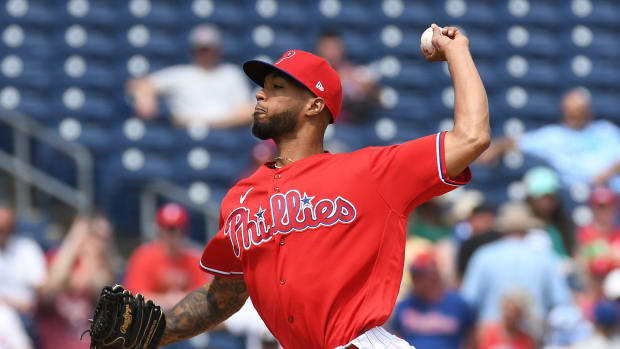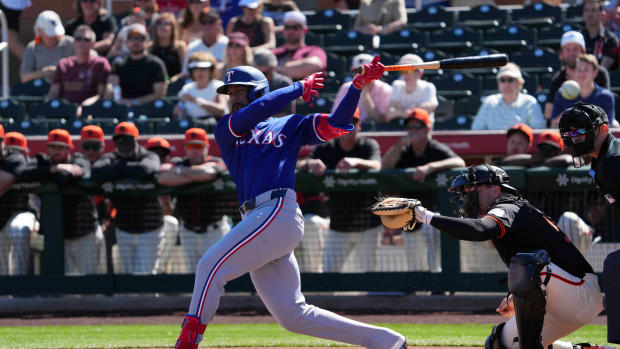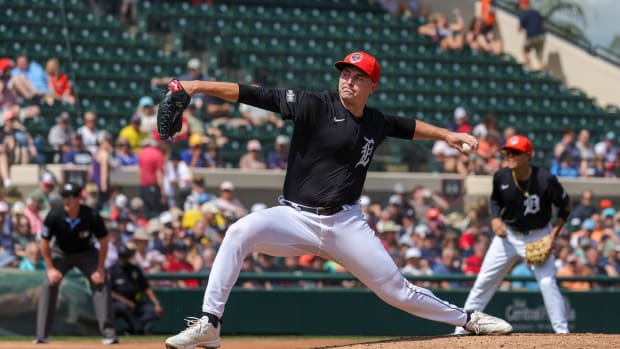SI's 2009 MLB Scouting Reports
Tigers" title="Detroit Tigers"/>
SI Prediction: 4th in AL Central
During the first two weeks of spring training, the most extensive interaction between Tigers manager Jim Leyland and Adam Everett went like this: "You can field a ground ball, right?" Leyland asked his new shortstop, before issuing a warning: "You know, we can get Luis Aparicio... But he's 74 years old, and it might be tough for him to come back. So you're our guy." Then Leyland walked off.
Last year's shortstop, Edgar Renteria, isn't half as old as Hall of Famer Aparicio, but he fielded his position like a septuagenarian. According to the statistical analyst David Pinto, Renteria's lack of range cost Detroit 16 runs, second-worst in the majors. Those same metrics show that Everett was baseball's best-fielding shortstop in 2006, the last season in which he was completely healthy, playing for the Astros. Leyland says that with every other player, there's a pop in the glove as a fielder scoops a ground ball -- but not with Everett. "There's silence," says Leyland. "He probably has the best hands I've ever seen."
Everett can't hit (his OPS has never come close to the league average in his seven seasons), but that's not the point. After building a lineup for the ages in 2008, an assemblage of sluggers that could score 1,000 runs -- or so everyone thought -- the Tigers instead scored 821 and finished last in the AL Central. The staff ERA (4.91) ranked 12th in the league, and the defense committed the second-most errors (113) and had the second-worst fielding percentage (.981).
So this off-season Detroit acted as if it had just discovered the axiom about pitching and defense winning championships. The Tigers made wholesale changes, acquiring two catchers (Gerald Laird and Matt Treanor), a power arm (Edwin Jackson) and a closer (Brandon Lyon), and making two defensive-minded position changes (Carlos Guillen from third base to leftfield and Brandon Inge from catcher to third). "You can tell which direction the team is going," Inge says. "They decided to go for a strong, power-hitting team last year. It could have worked out, but it didn't."
Inge is an excellent third baseman, and Guillen, who started in the Astros' farm system as an outfielder, should fare well in left. "I don't know if there's such a thing as an exciting defense," Leyland says, "but our defense has a chance to be pretty exciting."
Last year two of Detroit's biggest moves were trading for slugging corner infielder Miguel Cabrera (and promptly signing him to a seven-year, $152.3 million extension) and trading two prospects (starter Jair Jurrjens and outfielder Gorkys Hernandez, No. 62 among Baseball America's Top 100 prospects) to the Braves for Renteria. This winter the biggest moves were the trades for Laird and Jackson, and the signing of Everett to a reasonable one-year, $1 million contract.
Because the Tigers were still fourth in the AL in runs scored last season (47 more than pennant-winning Tampa Bay), they can afford to take the small hit that the new emphasis on defense will require. Everett, who says he's fully healed from injuries that limited him to 114 games over the last two seasons, might be an offensive downgrade from Renteria, but Inge, who hits better when he isn't catching, takes the lineup spot of Marcus Thames.
It's still a great leap to bank on the pitching staff (namely, starters Justin Verlander and Jeremy Bonderman, and relievers Fernando Rodney and Joel Zumaya) returning to its form of 2006, when the Tigers reached the World Series, but Detroit will catch the ball. And nobody will suggest that Luis Aparicio come out of retirement.
-- Joe Lemire
Issue date: April 6, 2009






























